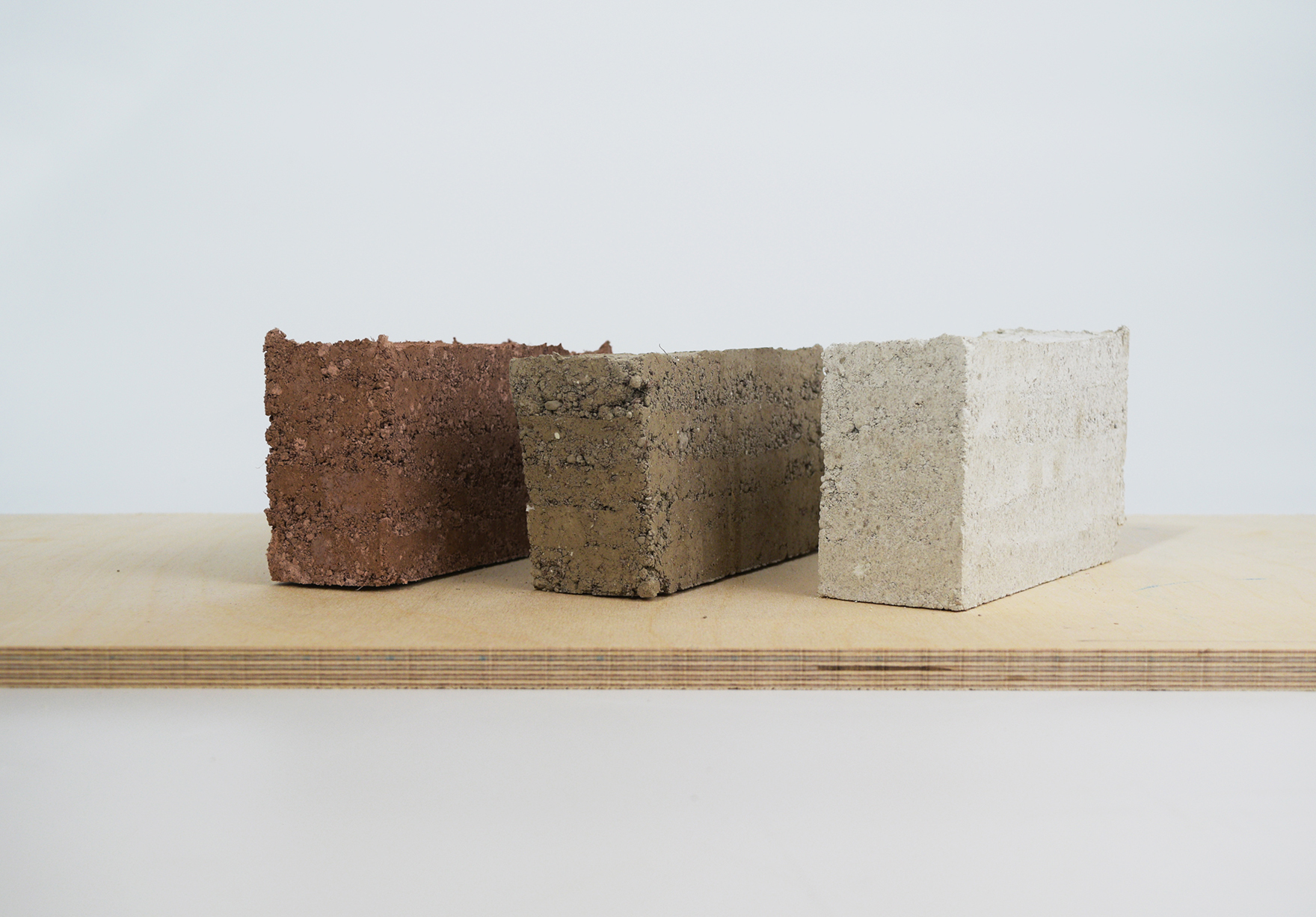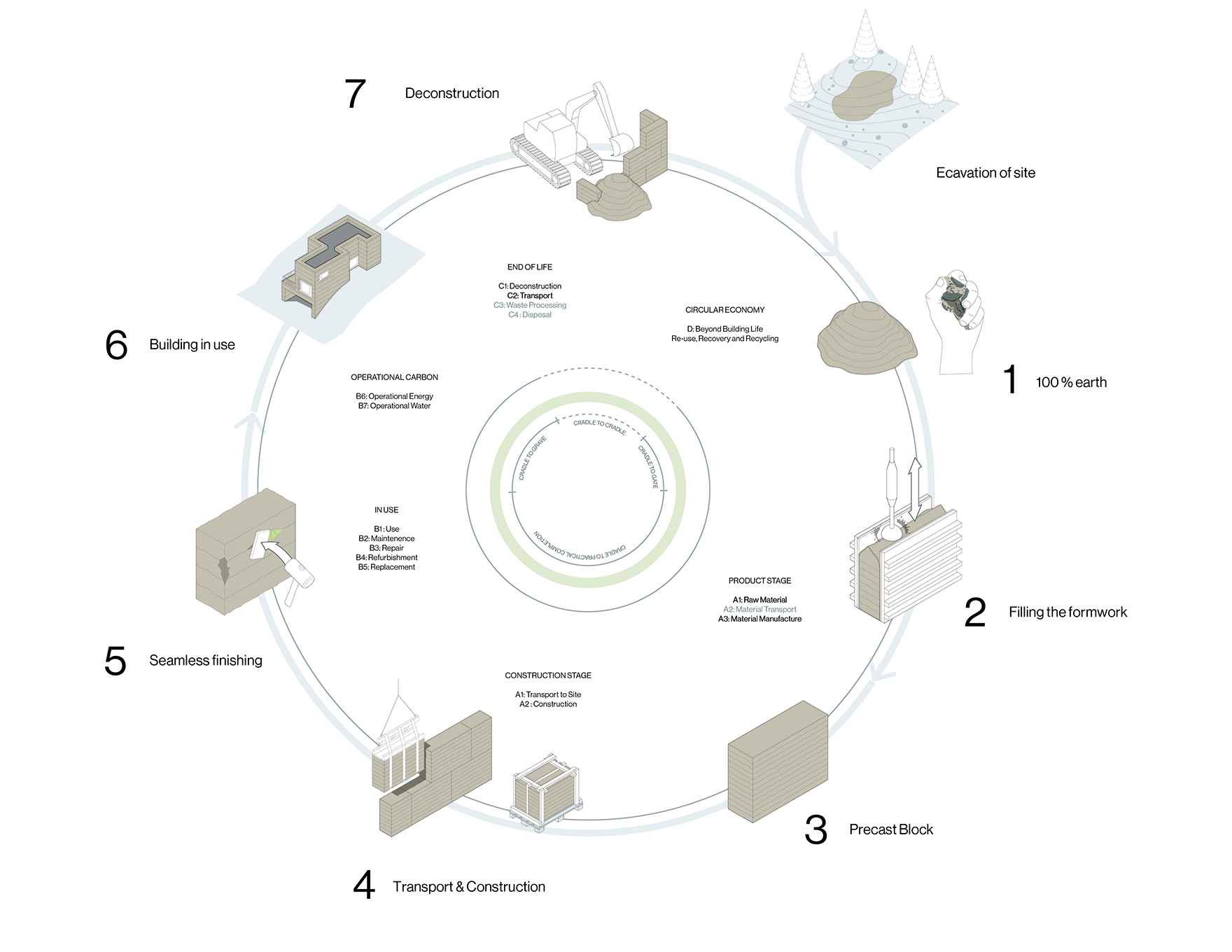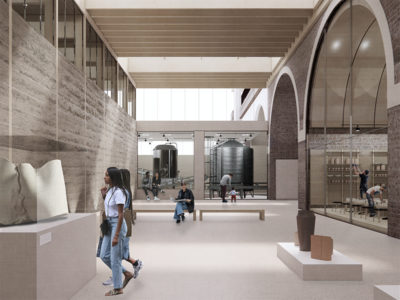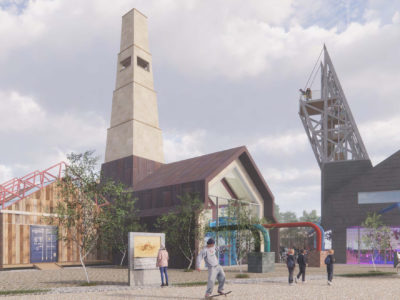Research into rammed earth

Architectural apprentice Adam Nightingale recently completed his final design project, ‘Pottery Lane Earth Works’, which explores rammed earth as a sustainable construction material.

Rammed earth construction uses compacted soils or aggregates, such as chalk, lime, gravel, sand or clay, within formwork to form floors, walls and individual building components. Adam’s project demonstrates the possibilities provided by combining this traditional method with modern technology, creating a modern earthworks factory and research centre on the banks of the River Tyne.
The project proposes using excavated land from local construction sites, which would usually go to landfill, to create prefabricated rammed earth blocks – a low carbon, locally sourced building material. The earth works would also include prototype housing, giving people the opportunity to gain practical experience and skills building with the finished blocks.



Professor Paul Jones, Department of Architecture and Built Environment at Northumbria University, described Adam’s proposals as ‘a holistic approach to sustainability that considers material use, embodied and operation energy, while also producing a poetic and high-quality project.’ Pottery Lane Earth Works is currently on display at Northumbria University’s ‘REVEAL’ degree shows, open until the 29th June.

Adam is one of 6 apprentices currently studying while gaining full time, practice experience at FaulknerBrowns, and will be heading into his final year of study in September. Read more about this route to qualification here.


